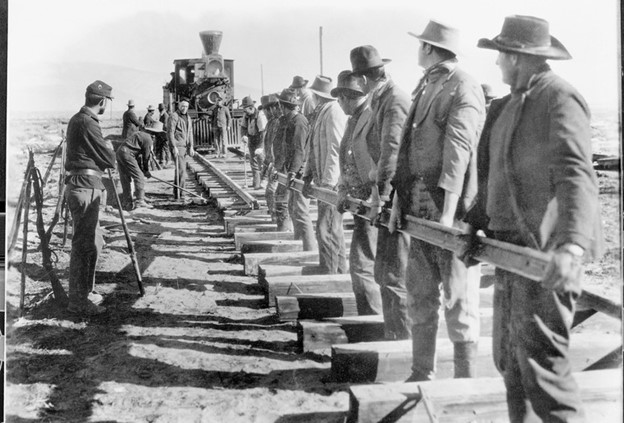The Iron Horse (1924)

John Ford's "The Iron Horse" After the massive success "The Covered Wagon" had in 1923, studios were itching to make another great American Historical Epic centering on the Old West. The construction of these types of films required, not only a great budget, but lots of extras, many moving pieces, and a vision that encompassed the large scale of the Old West. Because of this, skilled leadership was crutial. The president of Fox Film Corporation, William Fox, enlisted a 29 year old director to helm such an undertaking. Many might scoff at the president choosing such a young talent, but this 29 year old had already made more than 50 films. This level of expertise and mastery over the film medium had impressed the studio, so they felt assured the production was in good hand. The 29 year old's name was John Ford, and his direction of " The Iron Horse " would become the ignition point for a renowned filmmaking career. Dispite his 50 films prior, which



